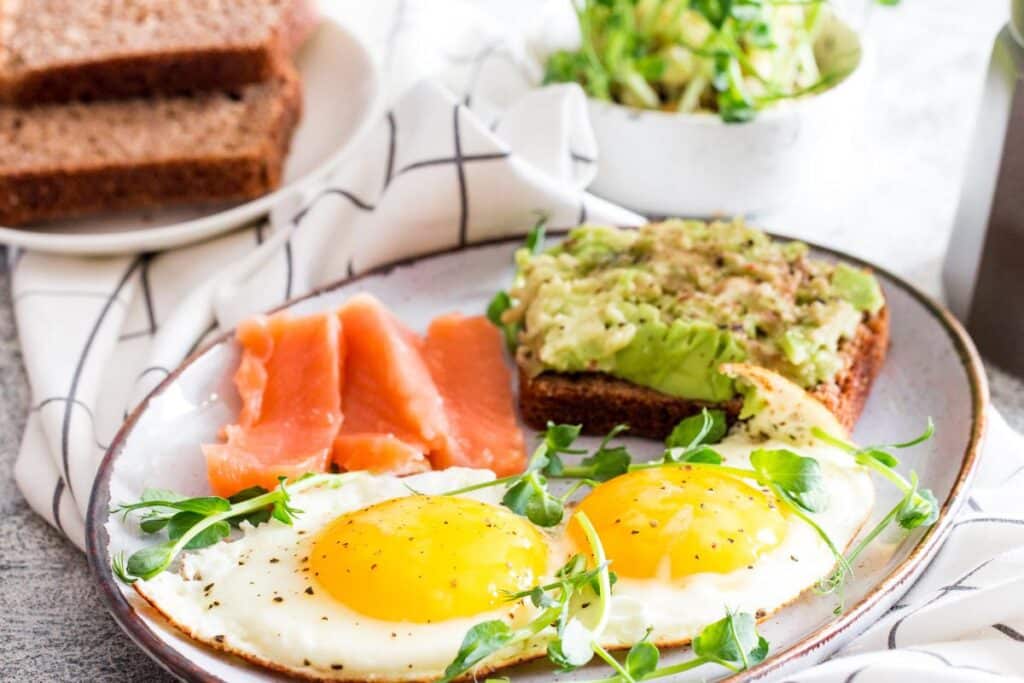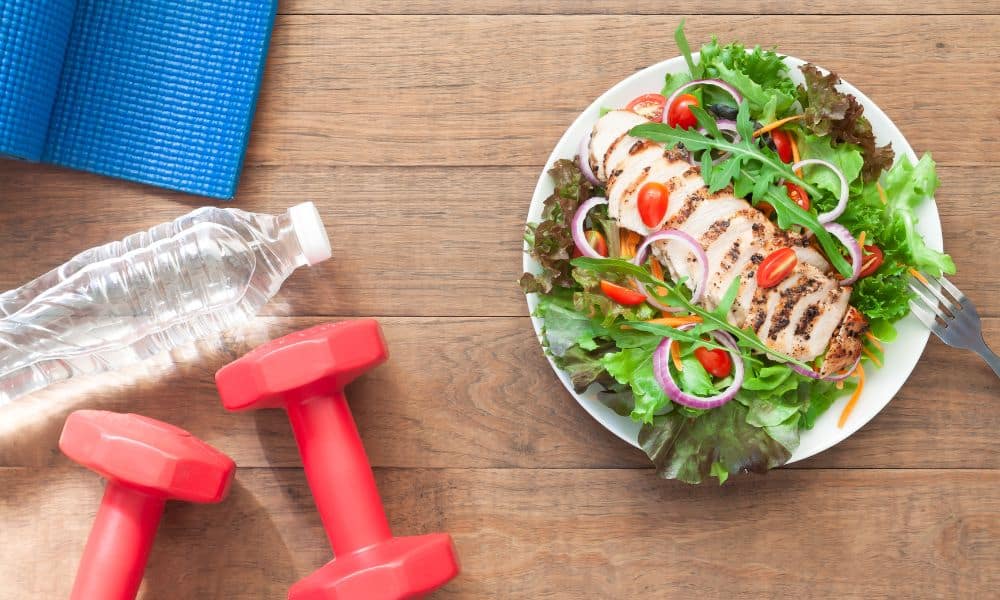Embarking on a weight loss journey often brings the challenge of managing hunger. A diet that leaves you feeling deprived is unsustainable and can sabotage your efforts. The key is to create a hunger-proof weight loss diet plan that is both nourishing and satisfying. This guide will provide you with the tools to do just that, using the focus key phrase ‘hunger weight loss diet plan’.
Understanding the Hunger Challenge
Weight loss doesn’t have to mean constant hunger. By understanding the mechanisms of hunger and how different foods affect satiety, you can design a diet plan that minimizes hunger and supports weight loss.
Building Your Hunger-Proof Diet Plan
Prioritize Protein
Protein is the most satiating macronutrient. Incorporating lean proteins into every meal can help keep you feeling full. Think chicken breast, fish, tofu, legumes, and low-fat dairy products.
Focus on Fiber
Fiber-rich foods like fruits, vegetables, legumes, and whole grains take longer to digest, prolonging feelings of fullness. Aim for a variety of sources to keep things interesting.
Add Healthy Fats
While higher in calories, healthy fats such as avocados, nuts, and olive oil can increase satiety. Use them in moderation to enhance meals and curb hunger.
Plan for Regular Meals and Snacks
Spacing out your meals and including snacks can prevent the hunger that leads to overeating. Schedule three balanced meals and one to two snacks per day.
Stay Hydrated
Sometimes thirst is confused with hunger. Drinking water throughout the day can keep ‘false’ hunger at bay and also aid in digestion and weight loss.
Allow for Flexibility
The most sustainable diet plans allow for some flexibility. Occasional treats can be part of a balanced diet and prevent feelings of deprivation.
Sample Hunger-Weight Loss Diet Plan
- Breakfast: Oatmeal with almond milk, topped with fresh berries and a sprinkle of chia seeds.
- Morning Snack: Greek yogurt with a handful of almonds.
- Lunch: Grilled chicken salad with mixed greens, avocado, tomatoes, and a vinaigrette dressing.
- Afternoon Snack: Carrot sticks with hummus.
- Dinner: Baked salmon with quinoa and steamed broccoli.
- Evening Snack: Apple slices with peanut butter.
Common Hunger Traps to Avoid
- Skipping Meals: This can lead to excessive hunger and overeating later.
- Not Enough Protein or Fiber: These are essential for satiety and should be included in each meal.
- Over-Processed Foods: They are often less satisfying and can lead to a cycle of continuous hunger and snacking.
Conclusion
A well-structured hunger weight loss diet plan can help you lose weight without the discomfort of constant hunger. By focusing on satiety and nutrient density, you can create a plan that supports your weight loss goals and maintains your overall health. Remember, sustainable weight loss is about finding a balance that works for your body and lifestyle.
Creating a hunger-proof weight loss diet plan involves understanding the role of macronutrients and the body’s hunger signals. By choosing foods that are high in protein, fiber, and healthy fats, you can design meals that are both satisfying and conducive to weight loss. With careful planning and mindful eating, you can achieve your weight loss goals without the constant battle against hunger.




